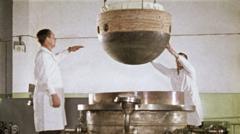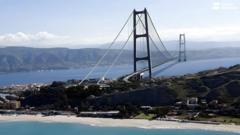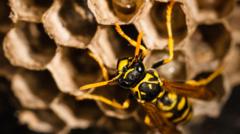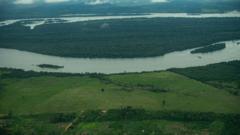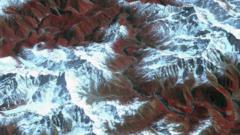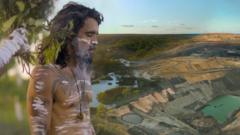Part of a Soviet spacecraft, Kosmos 482, has likely re-entered Earth's atmosphere after remaining in orbit for more than 50 years, as indicated by the European Space Agency (ESA). This probe was launched in 1972 with the intent of exploring Venus but ended up breaking into four pieces that have been circling Earth since its failure to exit orbit.
According to the EU Space Surveillance and Tracking centre (SST), one of these remnants, thought to be the lander, "most likely" came back into the atmosphere around 06:16 GMT (07:16 BST) on Saturday. While it remains uncertain if the object reached the ground or was destroyed in the atmospheric re-entry, its landing location has not been pinpointed yet.
Experts emphasize that there is minimal concern for damage, with Stijn Lemmens from ESA reassuring that, due to Earth's 70% water coverage, the likelihood of impact is low. He stated, "It's much more likely that you win the lottery than that you get impacted by this piece of space debris."
Notably, the lander capsule was engineered to withstand severe conditions of Venus’ atmosphere, hinting at it potentially surviving a turbulent descent. However, its parachute system, designed for a Venus landing, has likely decayed over the decades in space.
Mr. Lemmens noted that the re-entry of artificial objects is a frequent occurrence, happening weekly for larger hardware and daily for smaller items. Past examples include China’s Long March 5B booster, which re-entered over the Indian Ocean in 2022, and the Tiangong-1 space station, which mostly disintegrated over the Pacific in 2018.
As international space agencies monitor Kosmos 482's remnants, Mr. Lemmens advocates for the design of future aerospace vehicles to ensure safe and controlled re-entries. This approach would facilitate accurate predictions of landing zones, mitigate risks of debris impacting inhabited areas, and minimize the broader environmental consequences of space debris.

